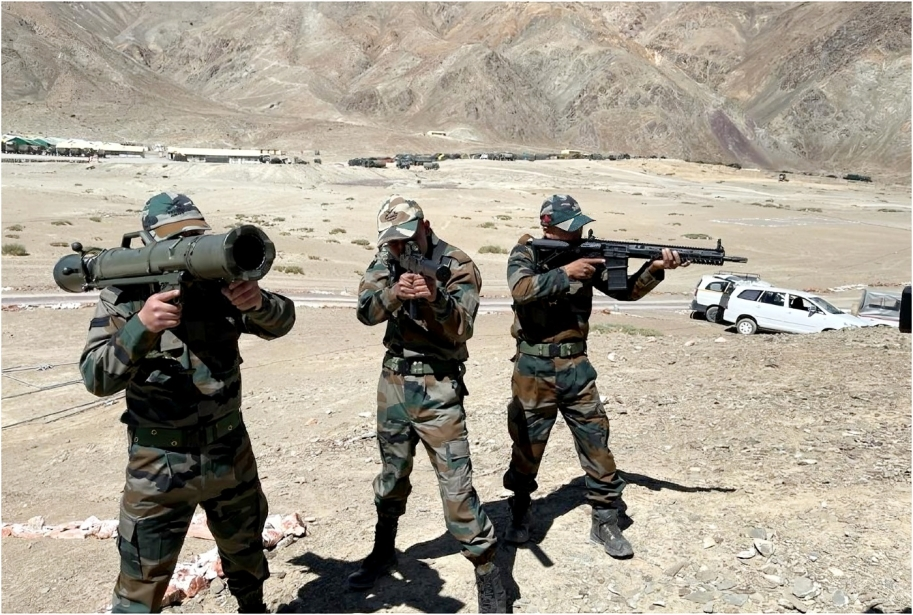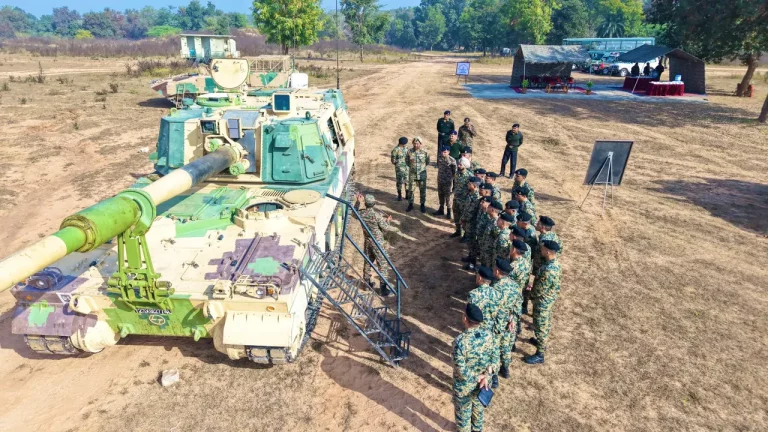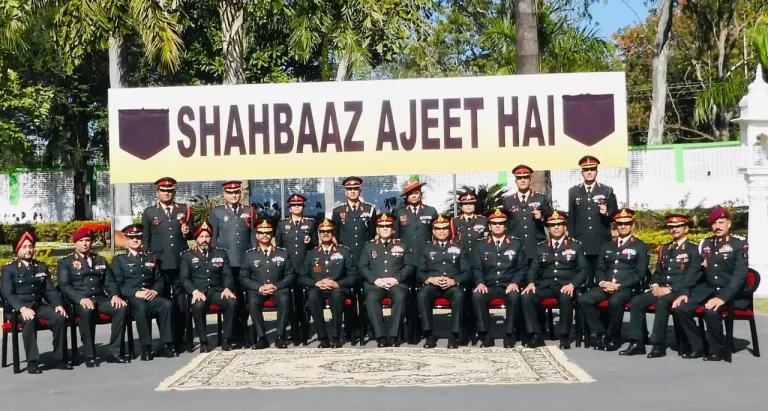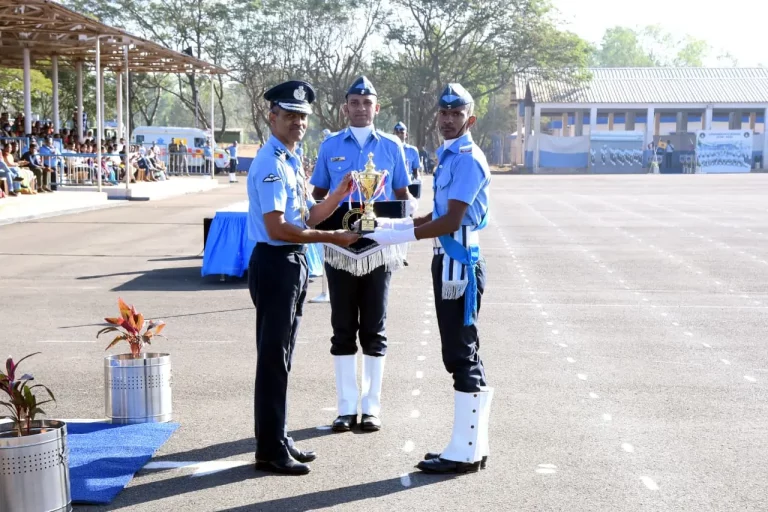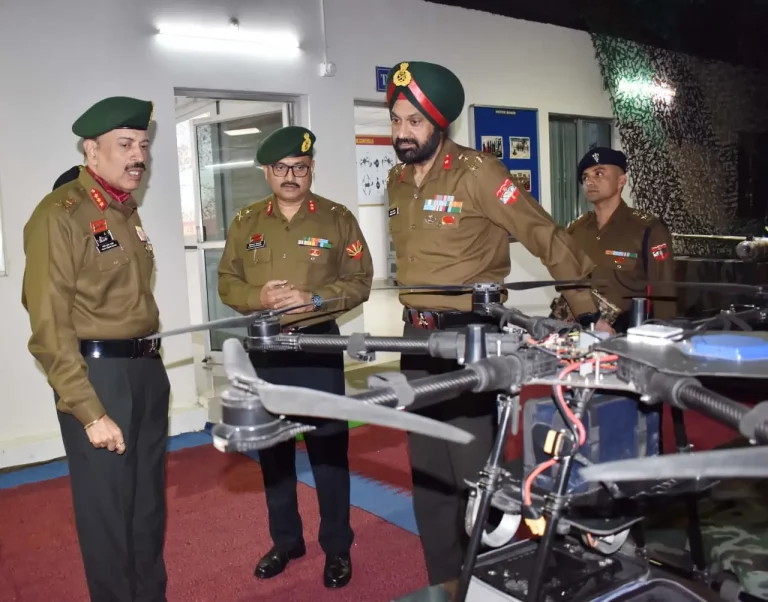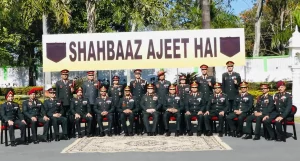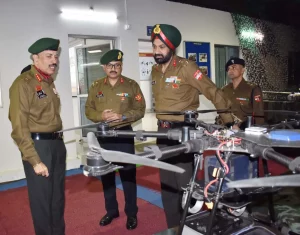In a decisive shift aimed at enhancing its defensive capabilities, the Indian Army has begun a troop realignment in eastern Ladakh, focusing on fortifying its posture along the Line of Actual Control (LAC) with China. A key element of this strategic initiative is the establishment of the new 72 Infantry Division under the command of the Leh-based 14 Corps.
This formation, which received government approval back in 2017, will now find its base in Ladakh, deviating from the original plan to position it under the Pathankot-headquartered 17 Mountain Strike Corps. This tactical adjustment is a direct response to the ongoing military standoff with China, which escalated in April 2020.
In a departure from plans to recruit fresh troops, the Army will repurpose existing brigades to assemble the 72 Infantry Division. This includes integrating critical combat elements from units currently stationed in Ladakh, such as the 6 Mountain Brigade from Bareilly and armored formations from the Mathura-based 1 Strike Corps.
Typically comprising around 15,000 soldiers under the leadership of a Major General, each Infantry Division contains three to four brigades, each commanded by a Brigadier. The 72 Infantry Division plans to consolidate various pre-positioned assets, creating a more organized and agile force to navigate the challenging high-altitude terrain of Ladakh.
This newly raised division aims to bolster the 3rd Infantry Division, which is already deployed along the eastern Ladakh LAC, as well as the 8th Mountain Division that secures the Line of Control (LoC) with Pakistan. Collectively, these divisions comprise the backbone of the 14 Corps, which oversees the expansive 832-kilometer border with China, the LoC in the Drass-Kargil-Batalik sector, and operations at the Siachen Glacier.
The formation of the 72 Infantry Division marks the second substantial change in the Army’s deployment strategy since the onset of the standoff in 2020. In October 2021, command responsibilities for the LAC in Himachal Pradesh and Uttarakhand were reorganized, transferring control to the Central Command in Lucknow. Additionally, the Bareilly-based Uttar-Bharat Area was assigned oversight for this region, alongside the reassignment of a significant strike division from the Western Command.
Previously, the Western Command, which comprises three Corps—2 Strike Corps at Ambala, 11 Corps at Jalandhar, and 9 Corps at Yol—was primarily focused on addressing threats from the west. The recent restructuring reflects the Army’s ability to adapt to the evolving security landscape along India’s northern borders, positioning itself for a more robust defense strategy.
